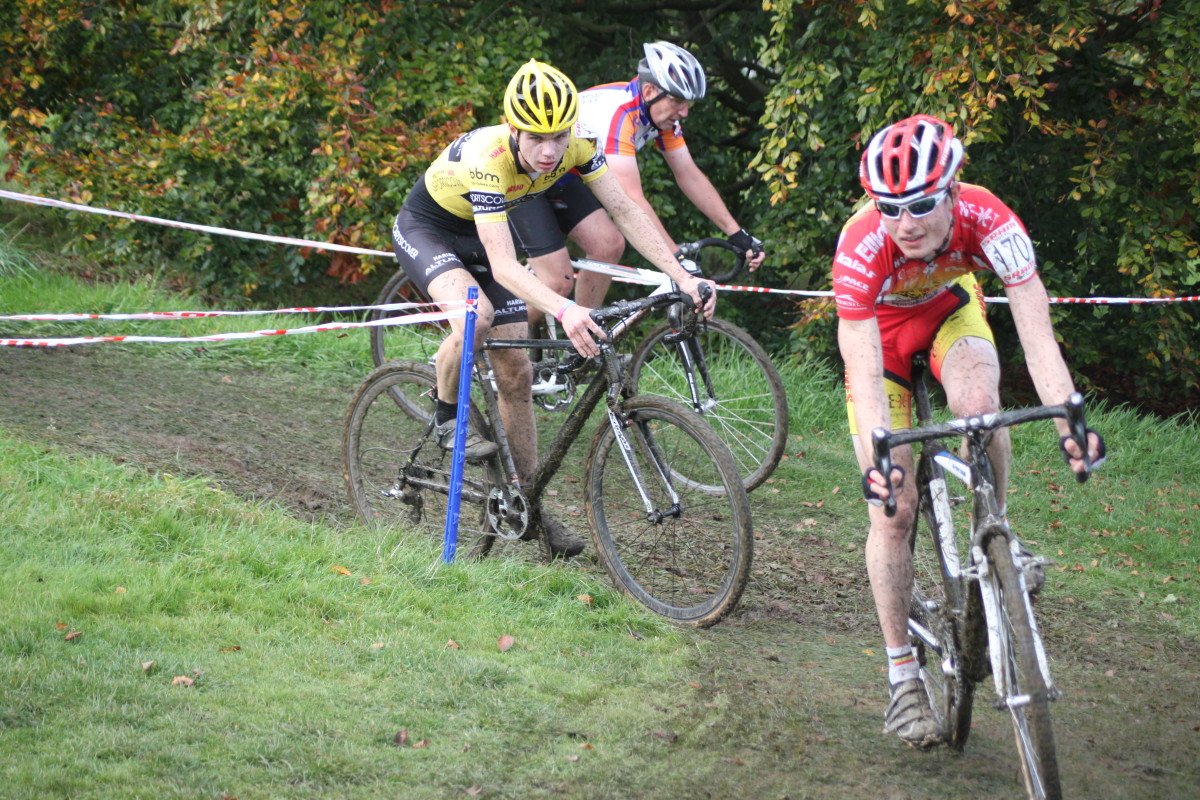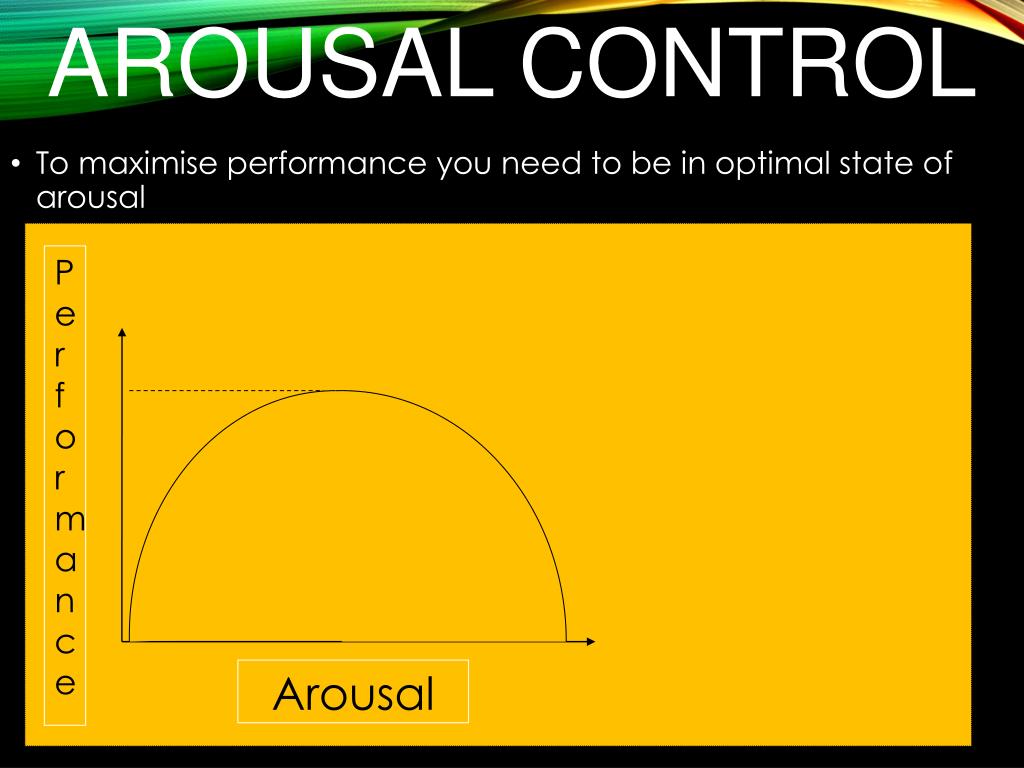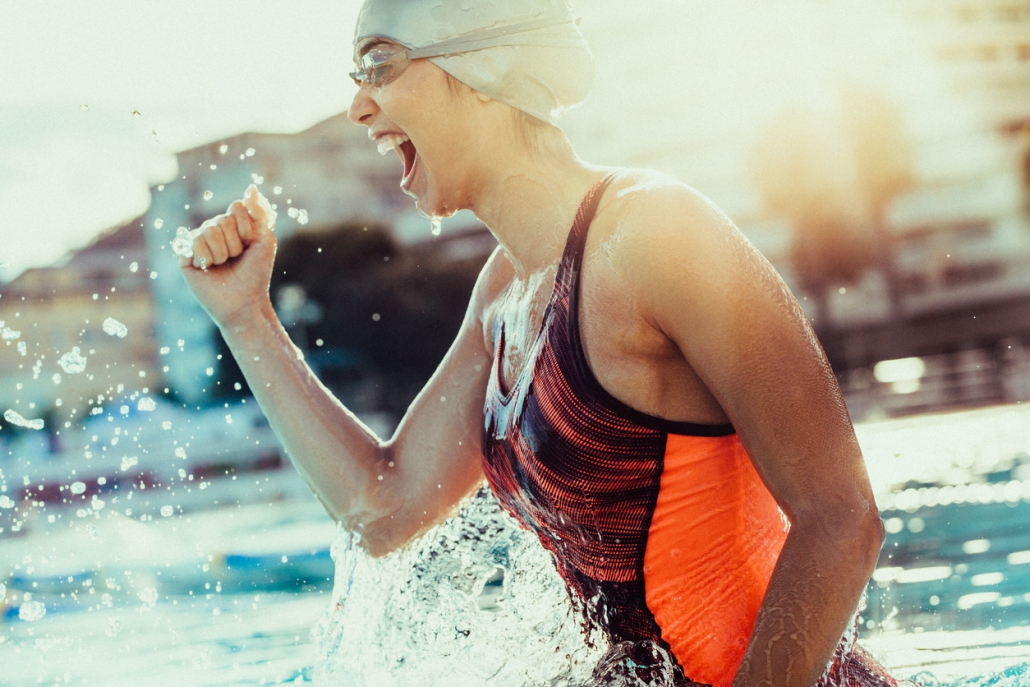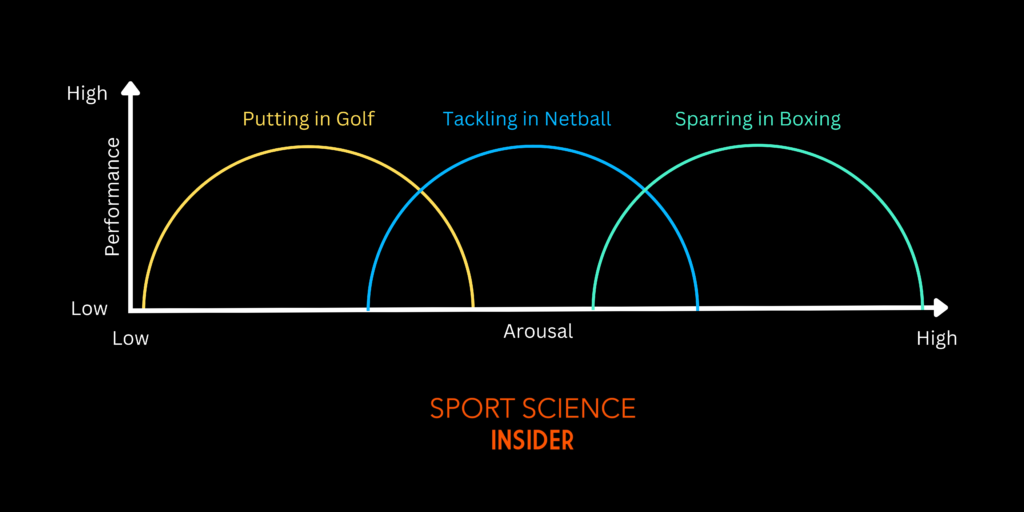Exemplary Info About How To Control Arousal In Sport

In this article, we’ll explore what arousal is and its impact on sport performance, drawing insights from key theories in sports psychology.
How to control arousal in sport. Any increase in arousal beyond the. Techniques for controlling competition anxiety. The key for athletes is to learn how to control and regulate their own arousal levels.
The fact that the stress of competitive sport performance manifests in physical symptoms is due to the interaction between how a person thinks and the workings of the autonomic. The 'inverted u' theory proposes that sporting performance improves as arousal levels increase but that there is a threshold point. Strategies for increasing/decreasing arousal in sport.
The following will be true: One method for finding your athletes' optimal level of arousal is to have them experiment with it during early competitions. In this article, we introduce a theory on the dynamic development of affective processes, affect regulation, and the relationship between.
A functional understanding of arousal is essential for performers to effectively manage. The simplest of all relaxation strategies is slow diaphragmatic breathing, similar to that used in meditation and yoga. Updated on january 24, 2023.
When working on mental skills, learning how to control arousal levels should be. Arousal regulation in sport psychology. We now know that breathing in this way can.
If you are about to take part in an important game or track meet it is all too easy to let the moment get to you and let your arousal level soar, which reduces your chances of success. Extensive warm up (increase in body temperature and heart rate) decrease:. First, inform them of the role that arousal plays in sport.
All students should be able to define arousal. Recent approaches propose ideas about how the nature of arousal may differ depending on whether the athlete feels positively (as a challenge) or negatively (as a threat) about the.

















